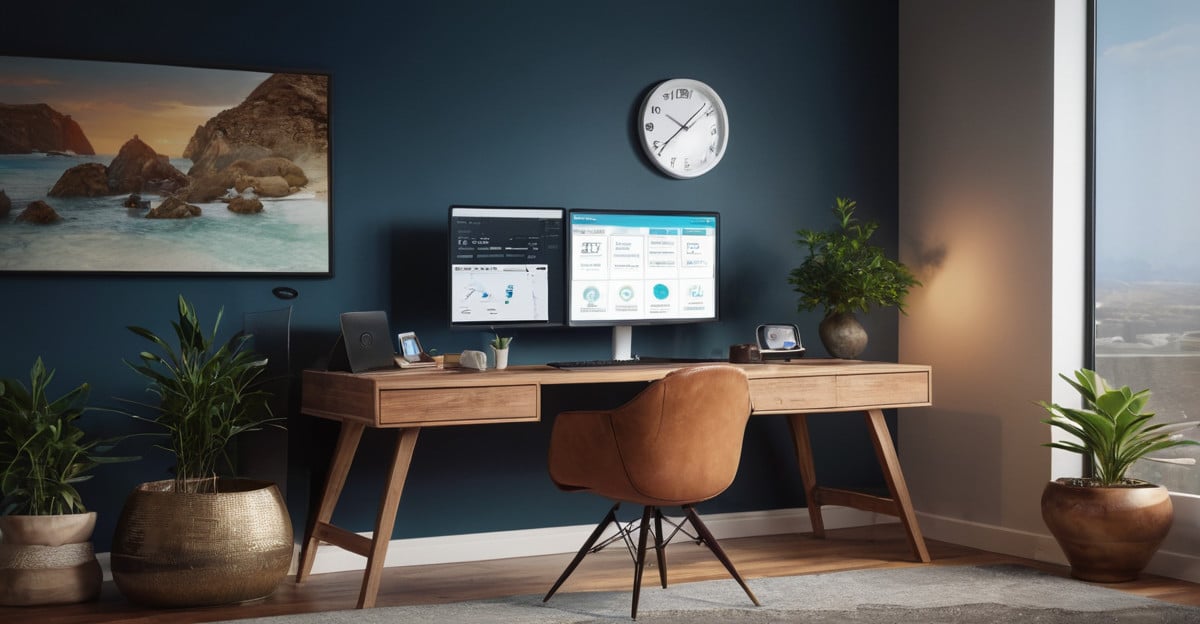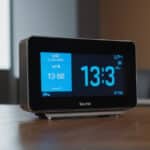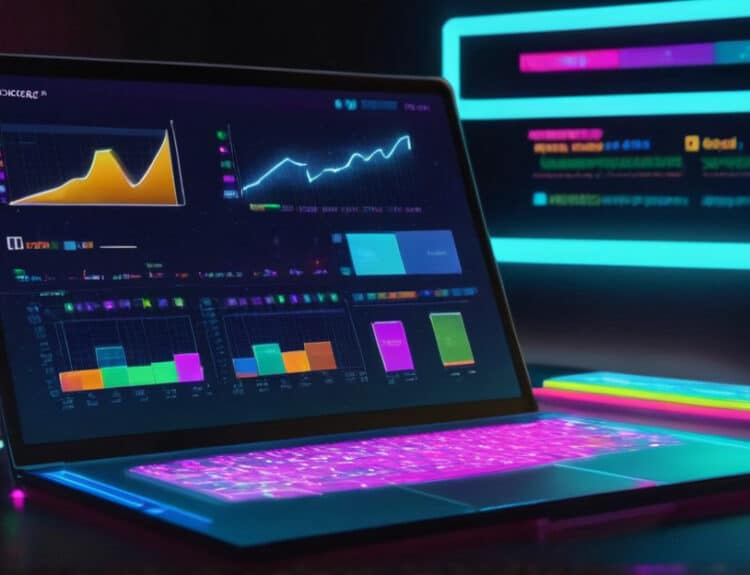
Introduction to Time Clocks for Remote Workforce
Effectively managing a remote workforce is more important than ever in 2024. Maintaining productivity and compliance is crucial when dealing with staff that are dispersed across multiple locations and time zones. Accurate time tracking is therefore crucial. A ideal time clock for your remote workforce can help in this situation. We will explore the many facets of choosing the best time clock system in this post, emphasizing important characteristics, advantages, and factors to take into account before committing.
Why Accurate Time Tracking is Crucial for Remote Teams
The foundation of effective remote workforce management is precise timekeeping. It contributes to productivity growth, fair remuneration, and transparency preservation. Businesses may encounter difficulties including payroll inconsistencies, compliance problems, and time theft if they don’t have a dependable time clock system. Using the appropriate time monitoring software has never been more crucial as it is in 2024, when working remotely is starting to become the standard. For your remote workers, the ideal time clock not only makes things easier but also offers insightful data on project schedules and worker productivity.
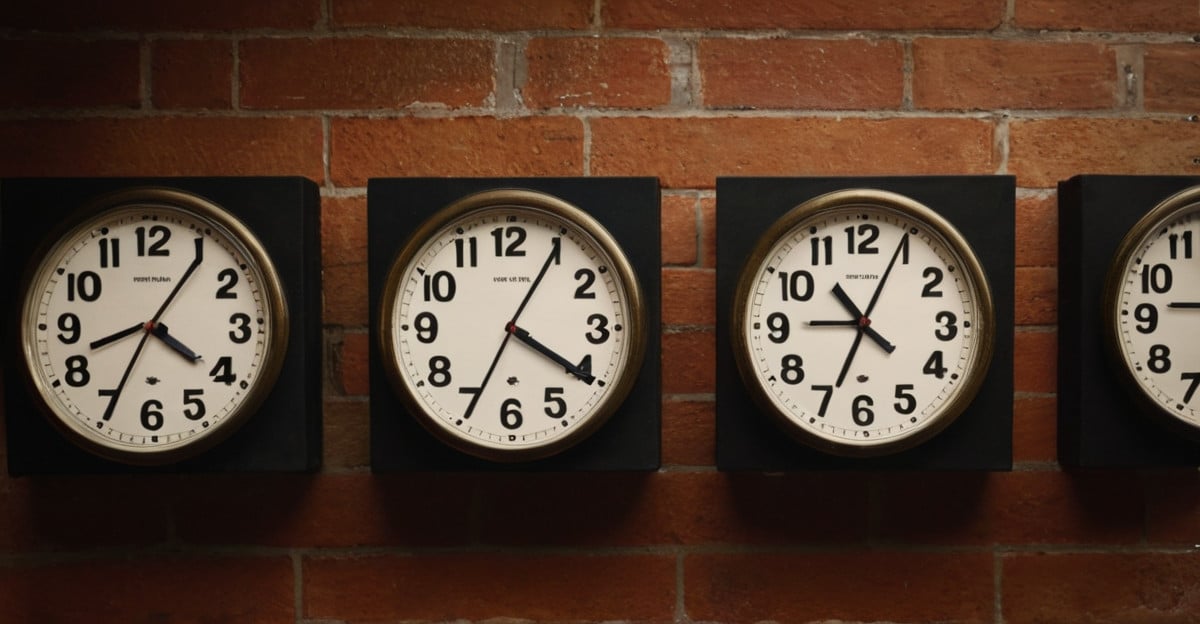
Types of Time Clocks Available in 2024
Numerous varieties of time clocks are widely available in the market, each meeting distinct purposes and tastes. The most widely used choices in 2024 will be cloud-based, mobile, and biometric time clocks. Biometric time clocks guarantee precise identification through the use of fingerprint or facial recognition technologies. Employees can use their smartphones to clock in and out with mobile time clocks, which offer flexibility and convenience. Finally, time clocks based on the cloud provide real-time updates, easy connectivity with other HR systems, and remote access. Selecting the ideal time clock for your remote workers might be made easier if you are aware of these sorts.
Key Features to Look for in a Time Clock System
There are some things that you cannot compromise on when choosing the ideal time clock for your remote workers. The system must be easy to use and straightforward in order to prioritize user satisfaction. Second, for smooth operations, \strong>integration capabilities with other software, such as payroll and HR systems, are essential. To effectively track employee hours, also seek for features like real-time tracking and reporting. Another crucial component is security; make sure the system uses strong encryption to safeguard private information. Finally, take scalability into account to handle future expansion and shifting requirements.
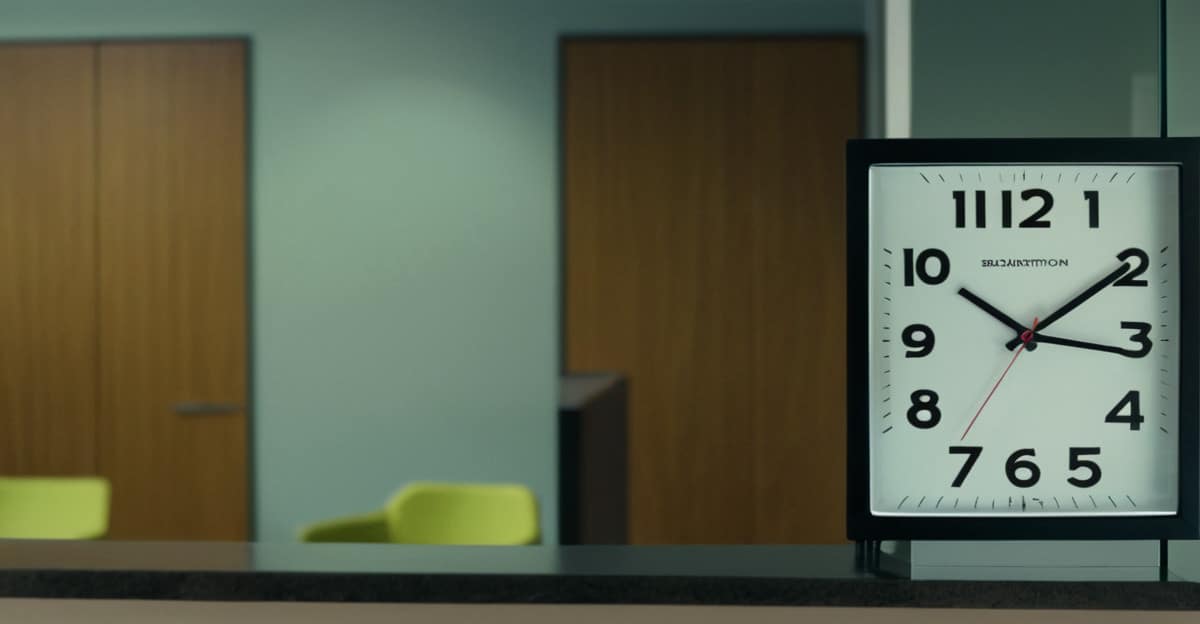
Benefits of Using a Time Clock for Remote Workforce Management
There are many advantages to putting in place a time clock system for your remote workers. In the first place, it improves accuracy and accountability, lowering the possibility of payroll errors and time theft. Second, by giving workers precise information about their work schedules and project deadlines, it raises employee productivity. Furthermore, a trustworthy time clock system guarantees adherence to labor laws and regulations, shielding your company from possible legal problems. In addition, it helps employees feel more transparent and trustworthy because it makes it simple for them to keep track of their own work hours and pay.
How to Implement a Time Clock System for Remote Teams
Careful preparation and execution are necessary when putting in place a time clock system for your remote workers. To begin, \strong>assess your needs and determine which essential elements are most crucial to your company. Next, determine which time clock option best suits your needs by conducting research and comparisons among several options. After deciding on a system, make sure your staff members are properly trained to operate it. Make sure your team is aware of your clear time tracking policy, which should be in place and communicated. Lastly, to make sure the system keeps meeting your needs, keep a close eye on it and make adjustments as needed.
Challenges and Solutions in Time Clock Implementation
The problems of implementing a time clock system for remote teams can be unique. A prevalent concern is resistance to change, wherein staff members could be reluctant to embrace a novel system. To get around this, highlight the system’s advantages and offer thorough training. Technical challenges represent another challenge that can be lessened by selecting a dependable and user-friendly time clock solution. Furthermore, it is imperative to guarantee data security; choose systems that have strong encryption and frequent security updates. You may make sure that the implementation process goes smoothly by proactively addressing these difficulties.
Best Practices for Maintaining a Time Clock System
A time clock system needs constant administration and attention to be maintained. Make sure the software is kept safe and up to date by updating it on a regular basis. To ensure that time tracking is accurate, conduct regular audits and quickly fix any inconsistencies. Urge staff members to report issues or mistakes they come across in the system. In order to assist staff in using the system efficiently, ongoing \strong>training and support should be given. You can maintain the dependability and effectiveness of your time clock system by adhering to these best practices.
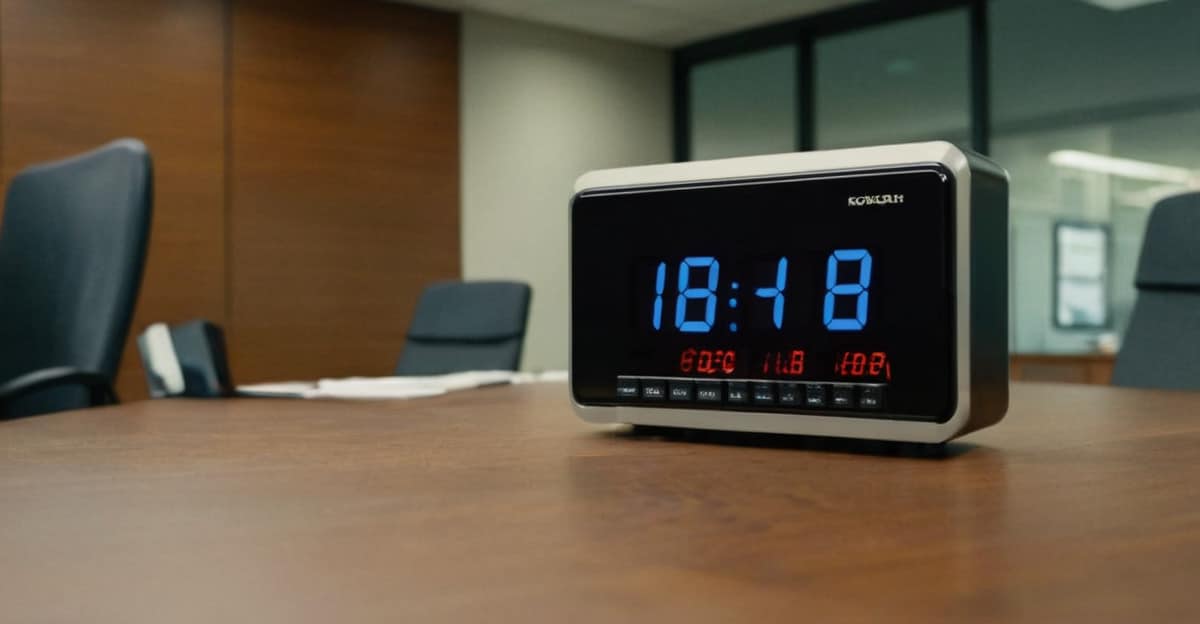
Comparing Top Time Clock Systems in 2024
A few time clock systems stand out in 2024 due to their features and dependability. The leading candidates are Hubstaff, \strong>TSheets, and \strong>Clockify. Clockify is renowned for its comprehensive reporting features and easy-to-use UI. Real-time tracking features and extensive integration options are provided by TSheets. When it comes to offering comprehensive productivity insights and a smooth connection with project management tools, Hubstaff really shines. You can select the ideal time clock for your remote workforce by comparing various systems according to your unique requirements.
Future Trends in Time Clock Technology
Time clock technology has a bright future through 2024 and beyond, as a number of new developments are poised to completely change how we keep track of time. Predictive insights and time tracking automation are two major uses of artificial intelligence (AI). Smart clothing technology is also becoming more popular, enabling workers to clock in and leave with smartwatches and other gadgets. Furthermore, the possibility of blockchain technology to improve data security and transparency is being investigated. Making educated judgments while choosing a time clock system can be facilitated by keeping up with these trends.
Conclusion: Making the Right Choice for Your Remote Workforce
In 2024, selecting the ideal time clock for your remote workers will be a crucial choice that will have a big influence on how your company runs. You may make an informed decision by learning the value of precise timekeeping, investigating the many kinds of time clocks on the market, and taking into account important features and advantages. Recall to adhere to recommended practices for implementation and upkeep and to deal with possible problems before they arise. You can improve productivity, guarantee compliance, and create an open and honest work atmosphere for your remote team by implementing the appropriate time clock solution.

